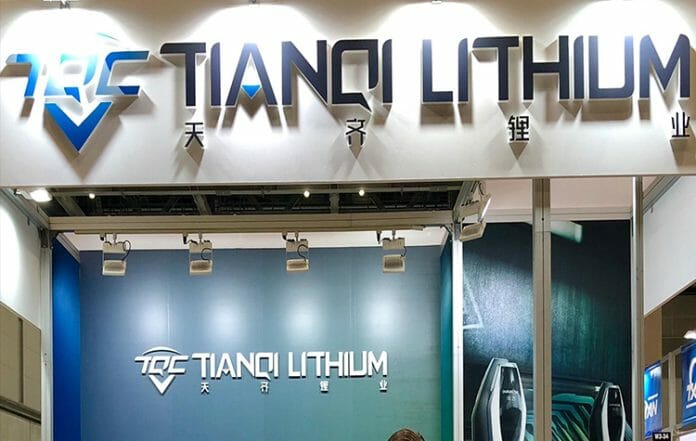Asia’s second-largest lithium compound producer, Tianqi Lithium will make its debut in Hong Kong Stock Exchange on July 13, with the assigned mnemonic of 9696. The company will raise HKD13.5 billion ( or USD1.7 billion) from the IPO with its price of HKD82 each from the listing of H-shares. This listing of Tianqi Lithium is most likely the Hong Kong’s largest financial deal thus far this year.
The Sichuan-based Tianqi mines lithium ores and supplies lithium products and owns the Cuola mine in Yajiang in Sichuan province, and has a 26 per cent stake in the Greenbushes mine in Western Australia. Lithium which is a crucial material for battery packs, is in high demand as the world switches to battery-powered EVs (electric vehicles). It was reported that “this company lined up a strong list of cornerstone investors, who committed to 36.4 per cent of the offering between them.”
According to a UBS forecast, China is expected to see 60 per cent of all new vehicles being fully electric by 2030.
Over the past 30 years, lithium has become a prized component of batteries. In 2015, China made lithium a national priority as part of its “Made in 2025” industrial strategy. China is in a league of its own when it comes to lithium processing. Approximately 40% of the 93,000 metric tonnes of raw lithium mined globally in 2021 was devoured by China. Behind this staggering figure is backed by the fact that there are many factories across the mainland China produce millions of EV batteries for both the domestic market and foreign carmakers namely Tesla. An EV car battery needs around 30 and 60 kilos of lithium.
The country’s domestic policy on developing the industry, for there is an estimated $60 billion in EV subsidies to create a market and the battery supply chain to go with it. Battery companies have invested billions in domestic sources of lithium in a way that’s been impossible elsewhere in the world. China is the only country that can take lithium from raw material through to finished batteries without having to rely on imported chemicals or components.
The dominance is a strategic move to wean itself on the dependence of fossil-fuel. Taking a look at the market share of China for lithium-ion batteries, according to estimates of BloombergNEF, may stand as high as 80 percent. Six of the 10 biggest EV battery producers are based in China. That dominance extends through the supply chain, that is to say from mining stage to manufacturing stage.
The price of lithium carbonate had soared several-fold since the start of 2021 due to hiccups in the global supply chain, this particular component is used in lithium-ion batteries. Whilst the lithium projects outside China have been at the whims and fancy of the markets, slowing and expanding as the price of lithium ebbs and flows. As Tianqi stated clearly in its prospectus, that “Any decline in lithium prices could materially and adversely affect our business, financial condition and results of operations.” The average spot prices for battery-grade lithium carbonate in China went through a 42 per cent year-on-year drop in 2020 to US$5,051 per tonne, before rebounding to US$13,308 per tonne last year.
The listing of Lithium H-Shares at an opportune time would be an interesting chapter for Hong Kong Exchange as the IPO-listing of first half of 2022 had been anemic at best. How much of the H-shares will be traded in discount to its A-shares? It is a known fact that it is mostly due to a political environment that emphasizes reducing the cost of lithium rather than maximizing shareholder value.
Disclaimer: The opinion and commentary of Writer does not represent the standing of BusinessToday.









